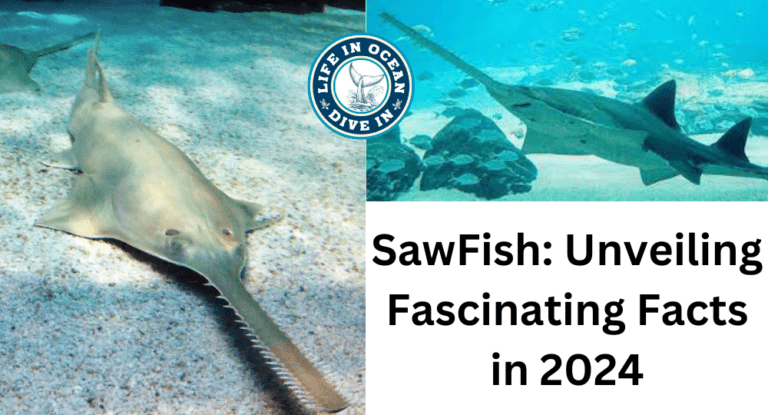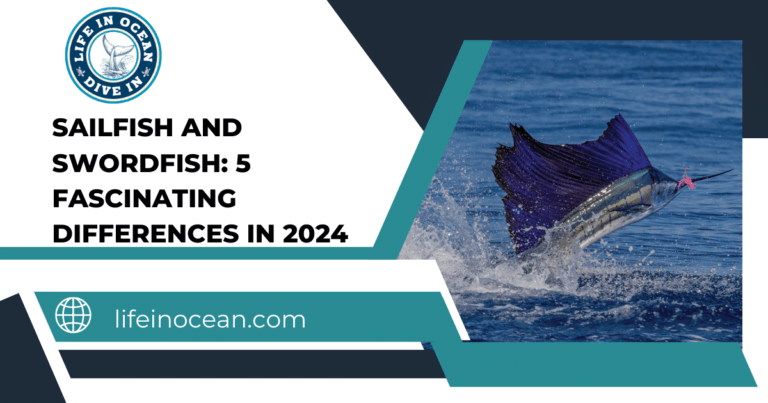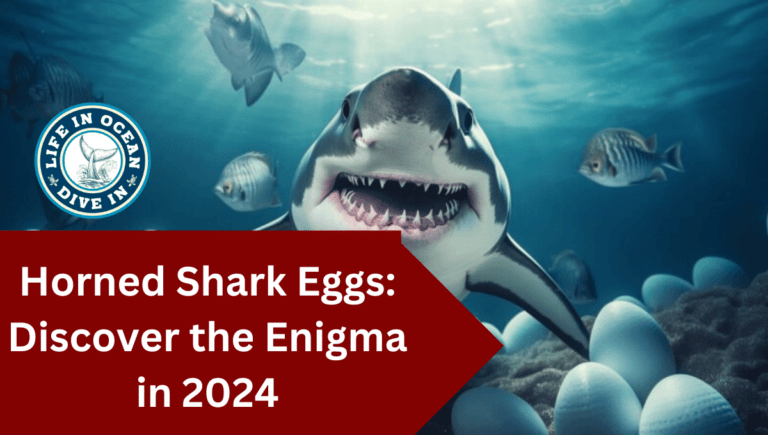Curious about what do starfish eat? Dive into the fascinating world of these ocean creatures’ diets. From their preference for mollusks, such as mussels, to a surprising appetite for algae, starfish have intriguing eating habits that contribute to their role in marine ecosystems. Understanding the eating habits of starfish sheds light on their impact and importance in the ocean’s delicate balance.
Let’s explore the diverse menu of these captivating sea animals and gain insight into how they sustain themselves in different underwater environments.
Table of Contents
Overview of a Starfish’s Diet
Omnivorous Feeding Habits
Starfish have omnivorous feeding habits, meaning they consume both plant and animal matter. They play a crucial role in marine ecosystems by helping to maintain balance through their diverse diet. For example, some species of starfish feed on algae, while others may prey on small fish or mollusks such as mussels.
Starfish are equipped with a unique feeding mechanism that allows them to consume their prey, animals, in an efficient manner. Their stomach can be extended outward from the body to engulf food items such as mussels or clams. Once the prey is captured, the starfish’s cardiac stomach emerges through its mouth and envelops the animals outside its body for digestion.
Role in Ecosystem Balance
Understanding what starfish and animals eat is essential for conservation efforts because these creatures are vital components of marine ecosystems. By consuming various animals like mussels and other shellfish, they help control population levels and prevent overgrowth of certain species within their habitats.
In addition to maintaining balance within marine environments, starfish also contribute to nutrient recycling by breaking down organic matter during digestion. This process releases nutrients back into the ecosystem, supporting the growth of other marine life forms and promoting overall ecosystem health.
Feeding Mechanisms of Starfish
Tube Feet: A Versatile Tool
Starfish have a unique way of feeding. They use their remarkable tube feet to pry open shells and access prey. These tube feet are not only used for movement but also serve as an essential tool for capturing food. For example, when starfish encounter a mussel or clam, they use their tube feet to latch onto the shell and exert pressure until it opens.
The tube feet are connected to the starfish’s water vascular system, allowing them to create suction and hold onto objects tightly. This mechanism enables them to grasp onto the shells of mollusks or other hard-shelled organisms with precision. Once attached, they can then exert force to open the shells using their tube feet.
External Digestion: Unconventional Eating Habit
In addition to using their mouths, starfish also have another astonishing feeding technique – they push their stomachs out through their mouths in order to digest food externally. When a suitable meal is located, such as a bivalve like clams or oysters, the starfish extends its stomach outside its body cavity and into the shell of its prey.
Once inside, digestive enzymes are secreted from the stomach into the prey’s interior where digestion begins before any part of it has been consumed by the predator itself. The liquefied nutrients resulting from this external digestion process are then absorbed back into the starfish’s body once they’re broken down enough.
Sticky Tube Feet: An Effective Strategy
Some species of starfish exhibit yet another intriguing method for obtaining food – trapping small organisms using sticky substances on their tube feet. This allows them to ensnare tiny creatures that come within reach while moving across surfaces underwater.
For instance, if there are microscopic algae or small invertebrates present on rocks or other substrates where these types of starfish reside, these sticky appendages enable them to capture these organisms effortlessly without expending much energy.
Common Types of Food in a Starfish’s Diet
Bivalves and Other Prey
Starfish have a diverse diet, including mussels, clams, and oysters. These bivalves are some of the starfish’s favorite foods. They use their tube feet to pry open the shells of these creatures, allowing them to access the soft flesh inside. In addition to bivalves, starfish also feed on small fish and snails.

Starfish are known for their ability to consume a variety of prey, making them adaptable hunters in their marine habitats. Their feeding mechanism involves wrapping around their prey with their arms and then pushing their stomach out through their mouth to digest the food externally. This process allows them to consume larger prey items that cannot fit into their tiny mouths.
Detritus, Algae, and Plankton
In addition to hunting live prey, starfish also play an essential role in consuming detritus – decomposing organic matter found on the ocean floor. This scavenging behavior helps maintain balance within marine ecosystems by cleaning up decaying matter.
Furthermore, starfish rely on algae and plankton as crucial components of their diet. Algae serve as a source of nutrients for these fascinating creatures while plankton provides sustenance for both juvenile and adult starfish. The consumption of algae is particularly significant as it contributes vital nutrients required for growth and overall health.
Role of Algae in Nourishing Starfish
Essential Nutrients
Algae play a crucial role in nourishing starfish by providing essential nutrients, especially during times of scarcity. These marine plants are rich in vitamins, minerals, and proteins that contribute to the overall health and vitality of starfish populations. When other food sources are limited, algae serve as a reliable and abundant source of nourishment for these fascinating creatures.
Algae provide vital sustenance for juvenile starfish. As young starfish begin their journey to adulthood, they heavily rely on algae as a primary food source. The abundance of nutrients found in various types of algae supports the growth and development of juvenile starfish, ensuring that they have the strength and energy needed to thrive in their marine habitats.
Ecosystem Balance
The consumption of algae by starfish also plays a significant role in maintaining ecosystem balance within marine environments. By feeding on algae, starfish help regulate algal populations, preventing excessive growth that could disrupt the delicate balance of marine ecosystems. This symbiotic relationship between starfish and algae contributes to the overall health and stability of coastal areas around the world.
In addition:
- Algae offer essential nutrients during scarcity.
- They support juvenile starfish growth.
- Starfish help maintain ecosystem balance through consuming algae.
Starfish in Captivity: Diet Considerations
Replicating Natural Diet
Starfish, when kept in captivity, require a diet that mimics their natural food sources. This means providing them with a variety of foods that they would typically consume in the wild. By replicating their natural diet, we can ensure that they receive the necessary nutrients for their overall health and well-being.
In their natural habitat, starfish feed on a diverse range of prey, including mollusks, crustaceans, and other small marine creatures. When replicating this diet in captivity, it’s essential to offer similar types of food to meet their nutritional needs. For example, feeding them with small pieces of shrimp or clam meat can be an effective way to provide the essential nutrients found in their natural prey.
Nutritional Content Consideration
Careful consideration must be given to the nutritional content of the foods provided to starfish in captivity. It’s important to ensure that they receive a balanced diet containing proteins, fats, and vitamins essential for their survival and overall health.
When selecting foods for captive starfish, it’s crucial to choose items with high nutritional value such as fish flesh or squid pieces which are rich in proteins and fats necessary for these marine creatures’ dietary requirements.
Diverse Range of Foods
Providing a diverse range of foods is crucial when caring for starfish in captivity. This not only helps replicate their natural diet but also ensures that they receive all the required nutrients from various sources. Offering diversity also prevents potential deficiencies due to limited food options.
In addition to mollusks and crustaceans mentioned earlier, other suitable food options include pieces of fish flesh such as salmon or mackerel which provide essential fatty acids vital for maintaining healthy skin and promoting growth among captive starfish.
Predatory Behaviors and Hunting Strategies of Starfish
Capturing Prey
Starfish exhibit various predatory behaviors when hunting for food. Some species use their remarkable arms to capture and subdue prey, such as mollusks, clams, and snails. These creatures have a unique way of wrapping their arms around the unsuspecting prey, gradually pulling them towards their mouths.
Other starfish employ camouflage or stealth to surprise their victims. They move slowly and quietly across surfaces, blending in with the environment until they are within striking distance of their prey. This method allows them to catch animals like crabs or sea urchins off guard.
Toxins and Incapacitation
Certain starfish species take a more direct approach by releasing toxins to incapacitate their prey before consuming them. The toxins weaken or paralyze the targeted animal, making it easier for the starfish to feed on its immobilized victim.
Some starfish possess specialized feeding structures that allow them to penetrate tough shells or exoskeletons. For example, they may use specialized tube feet equipped with suction cups to pry open shells or grasp onto spiny skin.
- Starfish capture and subdue prey using their arms.
- Some species surprise victims through camouflage.
- Certain types release toxins before consuming prey.
- Specialized feeding structures help penetrate tough shells.
Starfish’s Role in the Marine Food Chain
Influence on Marine Populations
Starfish are crucial in maintaining marine populations by feeding on various marine species. Their predatory behavior helps control the numbers of organisms such as sand dollars, fish, and sea cucumbers. This regulation is essential for preventing overpopulation of certain species, which can have detrimental effects on the ecosystem.
In addition to their impact as predators, starfish also serve as scavengers, consuming decaying matter and contributing to nutrient recycling within marine environments. By doing so, they help maintain a healthy balance within the food chain and prevent the accumulation of organic debris that could otherwise disrupt the ecosystem.
Contribution to Biodiversity and Stability
The feeding habits of starfish significantly influence not only individual species but also entire ecosystems. Through their interactions with other organisms, they contribute to the overall biodiversity and stability of marine ecosystems. For example, by preying on specific types of prey like mussels or clams, starfish prevent these creatures from outcompeting others for resources. This allows a more diverse range of organisms to thrive in their habitat.

Moreover, scientists have observed that when starfish populations decline due to factors such as disease or environmental changes, there can be cascading effects throughout an ecosystem. The absence of these predators may lead to an increase in certain prey species’ populations while reducing others’. This imbalance can ultimately affect other interconnected species within the food web.
Natural Predators and Threats to Starfish
Predators
Starfish, despite their tough exterior, have several natural predators that pose a threat to their survival. These include fish, such as the triggerfish and pufferfish, which feed on starfish using their powerful jaws. crabs are known to prey on smaller species of starfish by flipping them over and attacking their vulnerable undersides. Furthermore, seabirds, like gulls and oystercatchers, are skilled at hunting intertidal creatures including starfish. Even the adorable sea otters are among the predators of certain types of starfish.
These organisms play a crucial role in maintaining ecological balance within marine ecosystems by controlling the population of starfish and preventing unchecked growth that could disrupt other species’ habitats.
Threats to Survival
Apart from natural predators, starfish face significant threats from human-induced factors such as pollution, habitat destruction, and climate change. Pollution caused by oil spills or harmful chemicals can contaminate the water where these organisms live. This pollution not only affects the immediate surroundings but also seeps into food sources for various marine life forms including those that prey on starfish.
Furthermore, habitat destruction due to coastal development or destructive fishing practices can lead to loss of suitable living environments for these creatures. As a result, they may struggle to find adequate food sources or safe places for reproduction.
Moreover,climate change has been linked to rising ocean temperatures and increased ocean acidification which can directly impact these organisms’ ability to survive. For example, warmer waters can cause changes in plankton populations – an important food source for some species of star fish – leading to starvation among affected populations.
Understanding these challenges is vital for implementing effective conservation measures aimed at protecting these fascinating creatures from further decline in numbers.
Summary on What Do Starfish Eat?
In conclusion, understanding the dietary habits of starfish is crucial for appreciating their ecological role. From their diverse feeding mechanisms to the types of food they consume, starfish play a significant part in marine ecosystems. Whether it’s preying on bivalves or scavenging for organic matter, their diet influences the balance of marine life. Considering their dietary needs in captivity and the threats they face from natural predators provides valuable insights for conservation efforts. Exploring the complexities of a starfish’s diet not only enriches our knowledge of marine biology but also underscores the delicate interplay within oceanic food chains.

For those passionate about marine conservation or simply fascinated by the wonders of the sea, delving deeper into the dietary habits of starfish can offer a gateway to understanding and protecting these mesmerizing creatures. By raising awareness and supporting initiatives that safeguard marine biodiversity, individuals can contribute to preserving the intricate tapestry of life beneath the waves.
Frequently Asked Questions
What are the common types of food in a starfish’s diet?
Starfish commonly feed on mollusks, small fish, algae, and decaying organic matter. Their diverse diet allows them to adapt to different environments and ensures their survival in various marine ecosystems.
How do starfish hunt for their prey?
Starfish use their tube feet to pry open the shells of their prey. Once the shell is slightly ajar, the starfish everts its stomach into the opening and releases digestive enzymes to break down the prey’s soft tissues.
What role does algae play in nourishing starfish?
Algae serves as an essential part of a starfish’s diet, providing vital nutrients such as carbohydrates and proteins. Some species of starfish rely heavily on algae for sustenance, especially when other food sources are scarce.
What considerations should be made for feeding starfish in captivity?
In captivity, it’s crucial to provide a varied diet that mimics their natural feeding habits. Offering a mix of live or frozen foods like shrimp, mussels, clams, and pieces of fish can help ensure proper nutrition for captive starfish.
What are some natural predators and threats to starfish?
Natural predators of starfish include certain species of fish like triggerfish and puffer fish along with sea otters. Pollution from human activities can pose significant threats by impacting water quality and reducing available food sources for these marine creatures.







